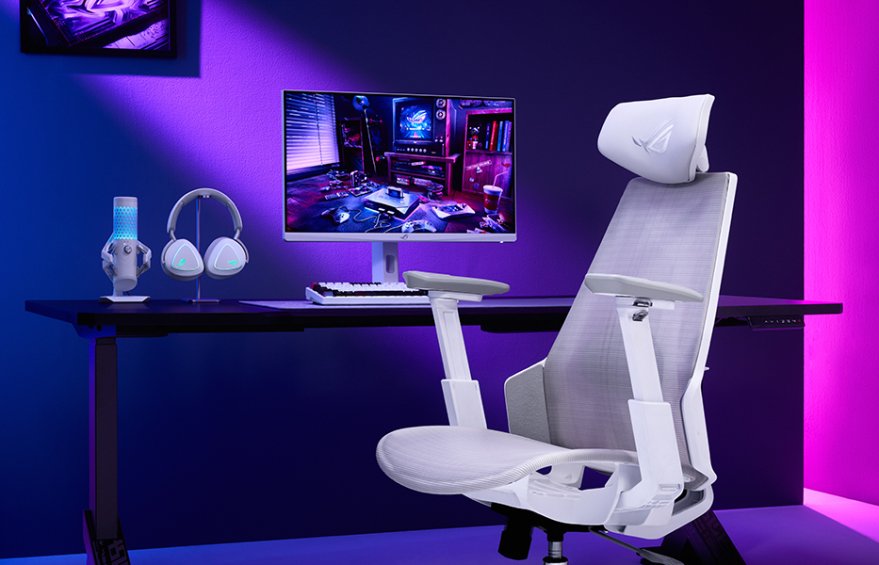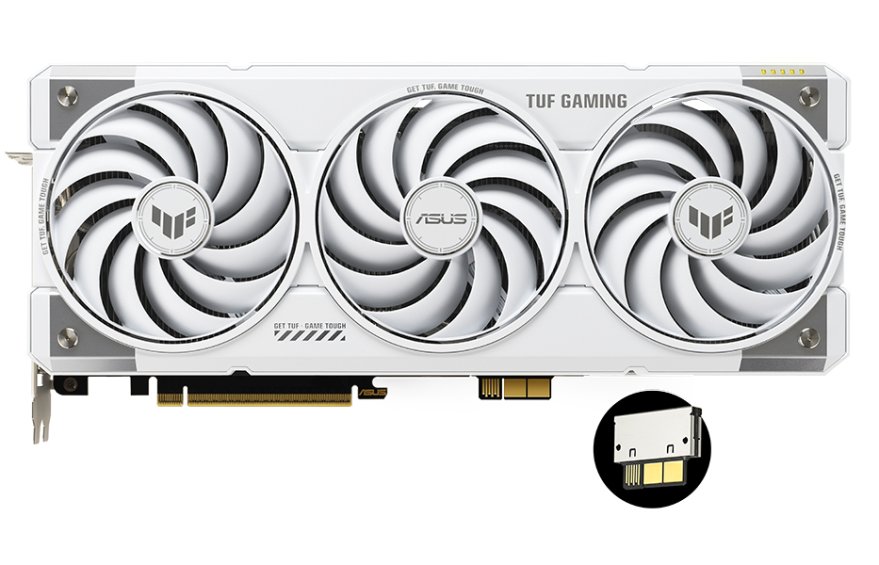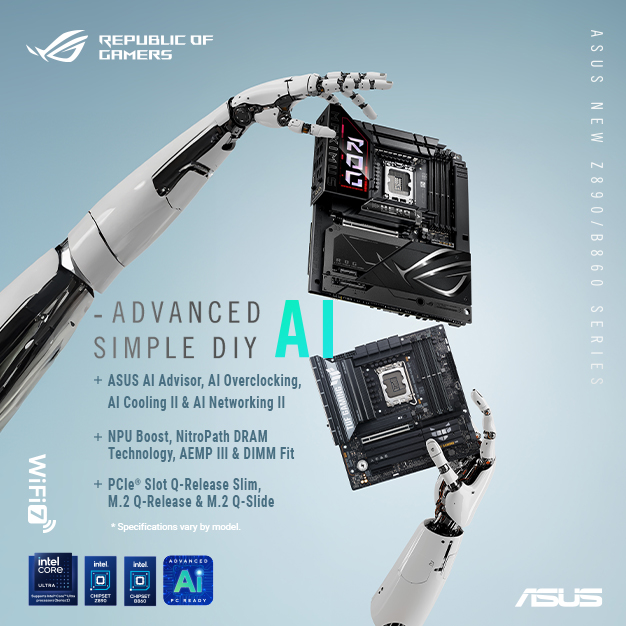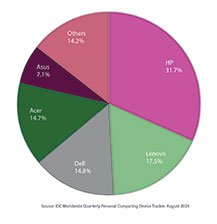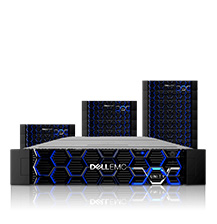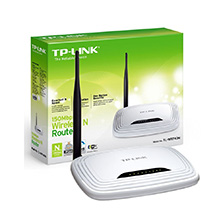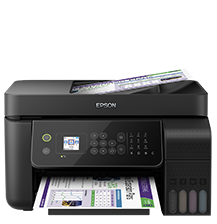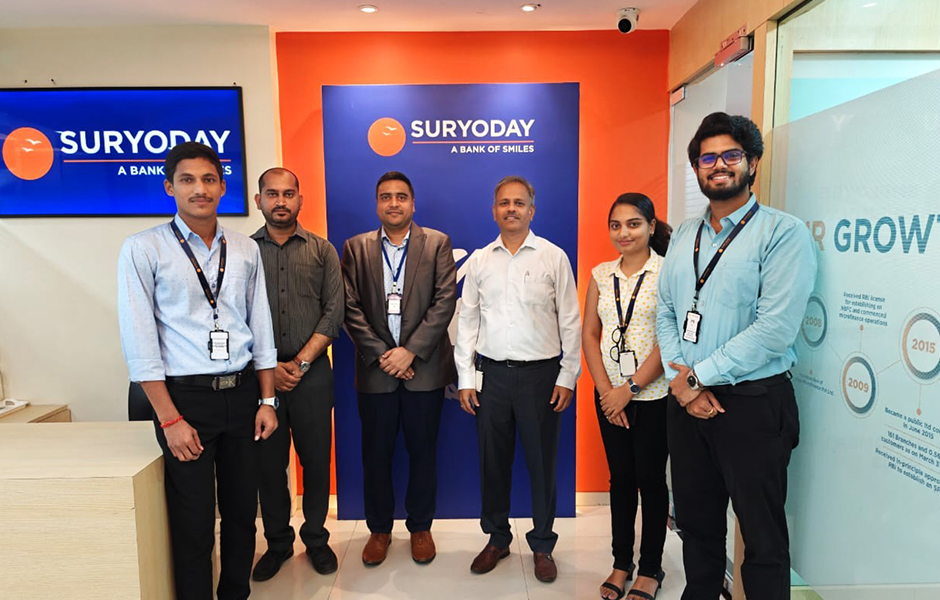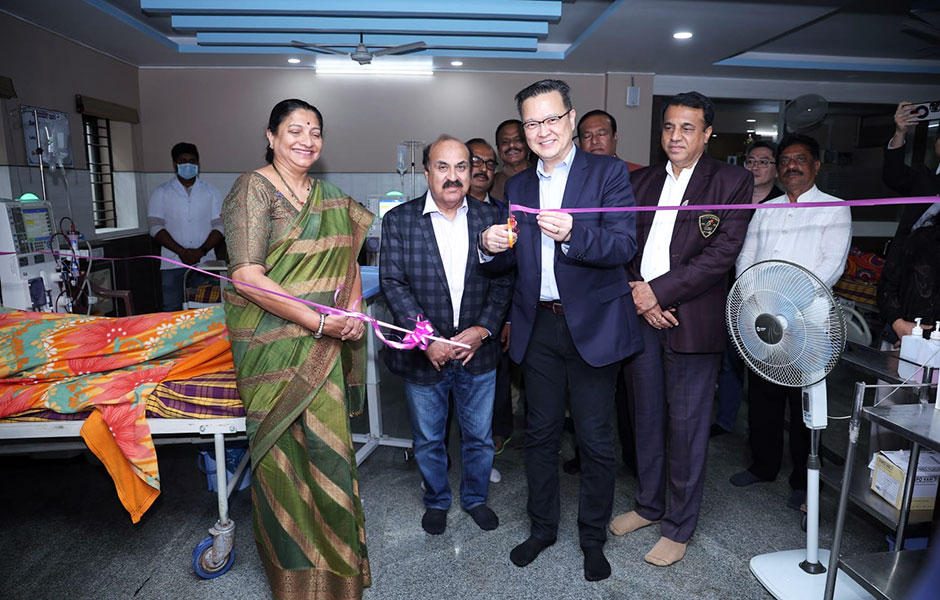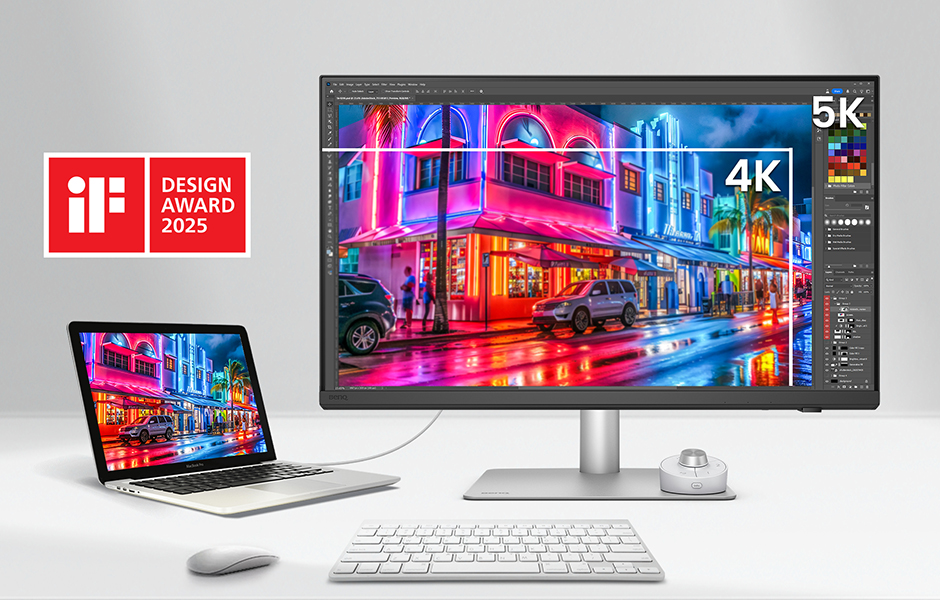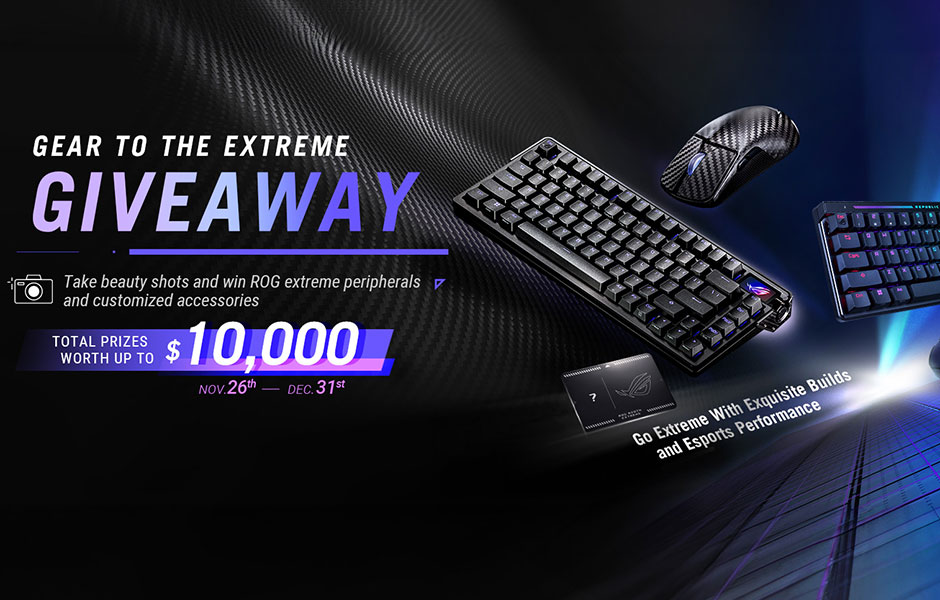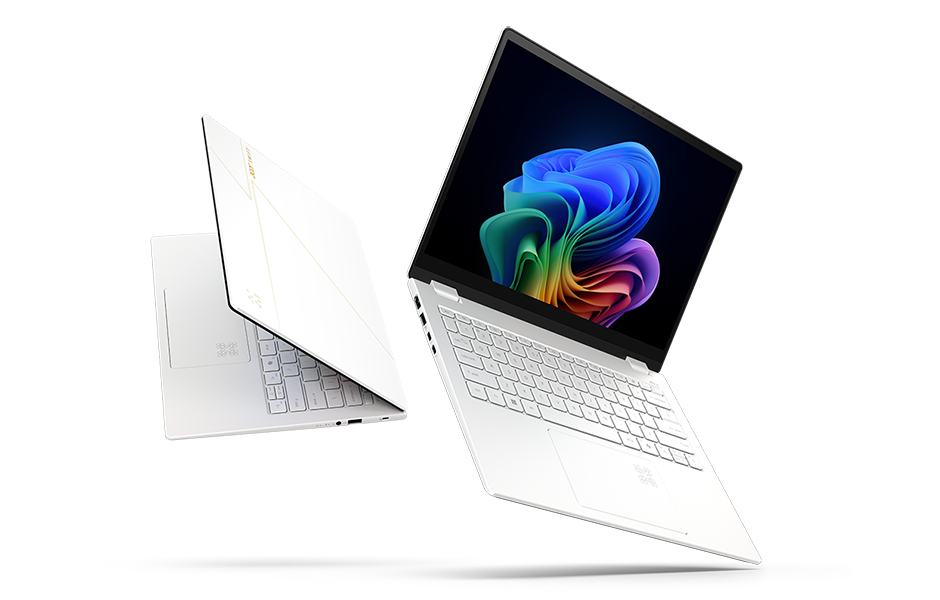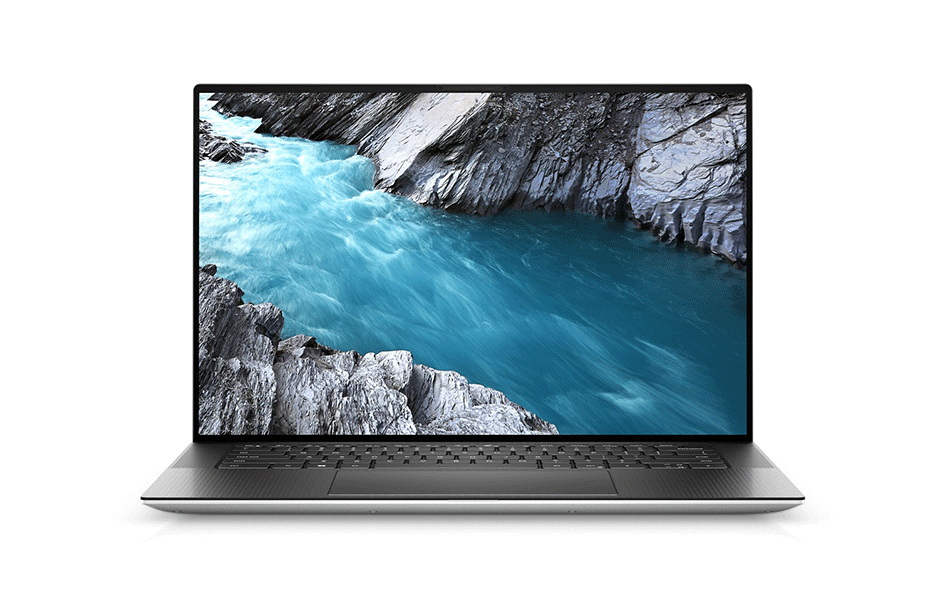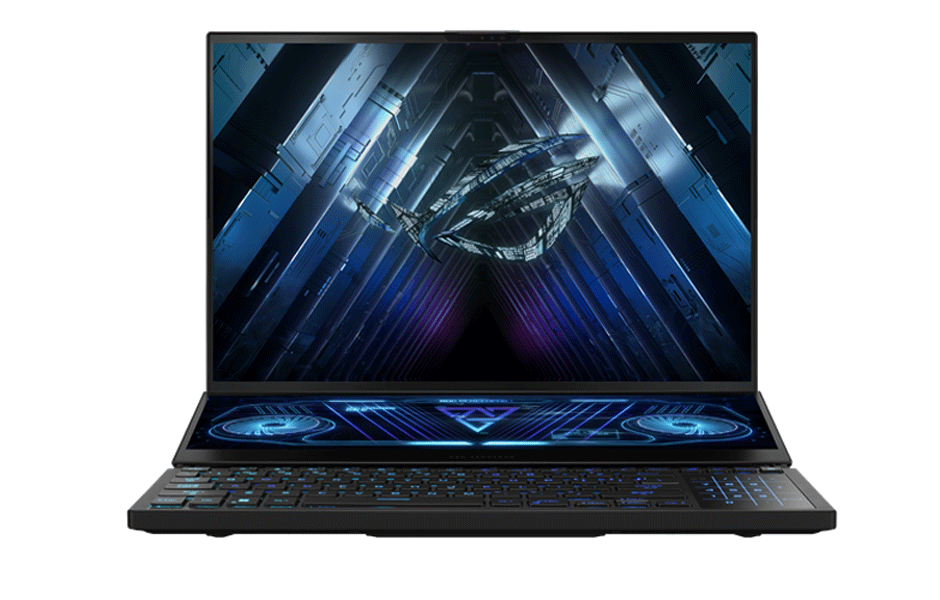
Microchip 8-Channel Flashtec PCIe Gen 4 Enterprise NVMe SSD Controller
As data centres support more AI (artificial intelligence) and ML (machine learning) workloads, there is a need for cloud scale infrastructure that provides more bandwidth to storage and more storage density per rack. The trend is, therefore, to adopt PCIe Gen 4-capable NVM Express (NVMe) SSDs (solid state drives) in smaller form factors such as M.2 and the newer SNIA enterprise and data centr e SSD form factor.
These SSDs require controllers with optimized footprints and power while driving the NAND flash to its maximum potential and maintaining a rich feature set and the reliability demanded by this enterprise class of NVMe SSD.
Microchip Technology has announced the launch of its newest member of the Flashtec family, the Flashtec NVMe 3108 PCIe Gen 4 enterprise NVMe SSD controller. The 8-channel Flashtec NVMe 3108 complements the 16-channel Flashtec NVMe 3016 and provides a full suite of PCIe Gen 4 NVMe SSD solutions to support a comprehensive set of data center storage requirements.
Microchip’s new Flashtec NVMe 3108 PCIe Gen 4 NVMe SSD controller enables a variety of compact SSD form factors with efficient power and very compelling performance and reliability metrics while delivering industry leading security features. The Flashtec NVMe 3108 boasts greater than one million IOs per second (IOPS) for random workloads and greater than 6 Gigabytes per second (GB/s) of sequential bandwidth. The solution provides end-to-end enterprise class data integrity with high reliability and critical security features including secure boot with Hardware Root of Trust to ensure that data center operators can provide the highest level of available data security. The eight programmable flash channel controllers are coupled with exceptionally strong error correction engines that provide future-proof support for next generation high layer count Triple Level Cell (TLC) and Quad Level Cell(QLC) NAND technologies.
“The PCIe Gen 4 storage ecosystem is poised for rapid adoption by data center operators worldwide and we’re very excited to announce the availability of our new Flashtec NVMe 3108 to enable new products in this space,” said Andrew Dieckmann, associate vice president of Microchip’s Data Center Solutions business unit. “The FlashtecNVMe 3108 delivers enterprise performance and enterprise reliability in a compact package with low power, enabling Flashtec based SSD solutions to be optimized for lower capacity points and smaller form-factors with compelling power and performance attributes”, said Dieckmann.
The Flashtec NVMe 3108’s flexibility is its programmable multi-core Arm subsystem. Combined with a number of hardware acceleration engines this enables users to optimize their own SSD solutions for a wide variety of applications including single root IO virtualization (SR-IOV)-capable SSDs, Zoned Namespace SSDs, Key Value SSDs and Open Channel SSDs while maintaining targeted performance. Furthermore, the Flashtec NVMe 3108 supports dual port modes of operation providing high availability solutions for external storage system applications.
“As Memblaze looks forward to PCIe Gen 4 infrastructure we continue our focus onperformance, energy efficiency and reliability as we evolve the PBlaze family to new higher layer count NAND across our product portfolio,” said Taile Zhang, senior vice president of Product and R&D, Memblaze Technologies. “Microchip’s innovativeFlashtecNVMe 3108 NVMeSSD controller enables a performant, reliable, secure and flexible solution for cost and power sensitive mainstream applicationswithrapid time-to-market due to firmware portability with the high performance NVMe 3016 NVMe SSD controller”, added Zhang.
The FlashtecNVMe 3108 is part of Microchip’s full end-to-end suite of storage infrastructure and endpoint solutions for PCIe Gen 4, which includes the Flashtec NVMe 3016 16-channel NVMe SSD controller, the Switchtec family of PCIe Gen 4 Switches and Fabric Solutions and the SmartRAID and Smart HBA PCIe Gen 4tri-mode storage solutions.
Beyond storage, Microchip provides data centre infrastructure builders with total system solutions including memory, timing and synchronization systems, stand-alone secure boot, secure firmware and authentication, wireless products, touch-enabled displays to configure and monitor data center equipment, and predictive fan controls.


